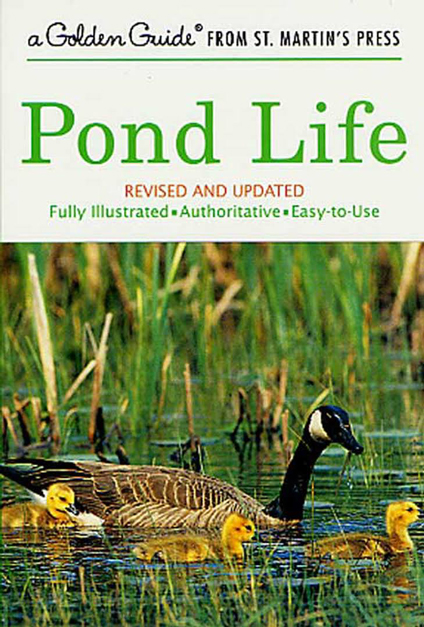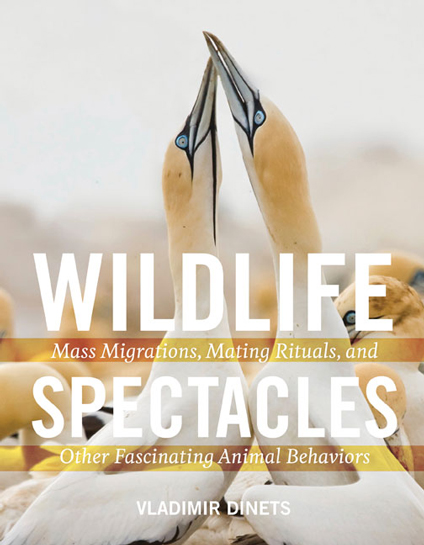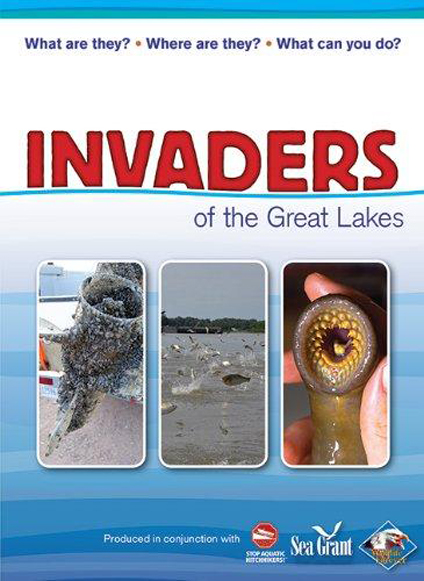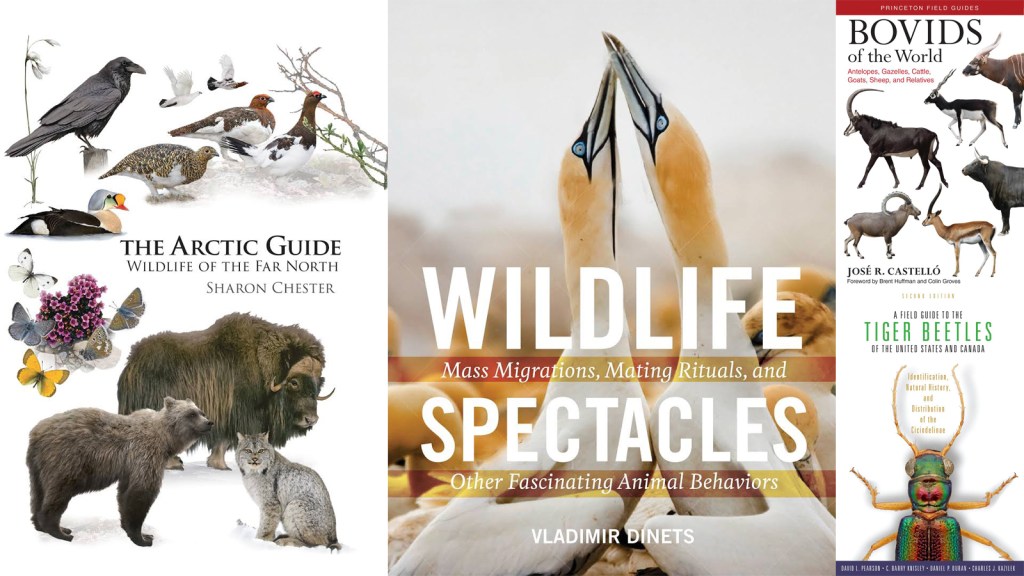When Roger Tory Peterson tried to sell a book that enabled naturalists to identify birds in the field, most publishers thought no one would be interested. Until that point, identifying birds meant shooting them, and then determining their identification with bulky, scientific guides.
Identifying birds with binoculars? Who would want to do that?
When the book was finally published in 1934, it sold out in a week. It’s remained in print since, and helped launch modern birding, with enthusiasts tracking birds from their backyards to the most remote reaches of the planet.
Field guides remain popular among naturalists. There are now field guides for seemingly everything. My bookshelves buckle with them. I not only enjoy using them on outings, I also just like to pick them up and learn about interesting critters.
Here are ten new and classic field guides and reference books for you to enjoy. These represent my interests, but please feel free to list your own favorite field guides and wildlife references in the comments section. And check out my previous list of favorite field guides for more ideas.
-
The Arctic Guide: Wildlife of the Far North
By Sharon Chester (Princeton University Press)

When you’re traveling, it seems handy to have a field guide that covers all the wildlife you might see – the birds, the mammals, the reptiles, and more. The problem – particularly in the tropics – is that you just can’t fit everything in one volume. And so most region-specific guides feature only the common species, which can often be frustrating for a specialist.
The Arctic has less species diversity than the Amazon, and so it is feasible to have a comprehensive regional guide. This is a phenomenal book. It covers the species you’d expect – birds and marine mammals – in depth. But it also includes fish, flies, even flora. It’s the only book a naturalist requires for a field trip to the Arctic. I can’t wait to use it.
-
Pond Life
By George K. Reid (Golden Guide from St. Martin’s Press)

As a kid, Golden Guides were my first field guides and also fueled my love of natural history. This one was my favorite. I loved exploring ponds, creeks and puddles, and this one helped me uncover the mysteries lurking there.
Even for an adult, the guide is pretty comprehensive. If you’re in a wetland, you could do worse than carry this guide. But the best use for this book — give it and a net to a youngster and then head out to the nearest water body.
-
Hawks at a Distance
By Jerry Liguori (Princeton University Press)

Raptors are highly visible and fun to observe. They can also be confounding even for experienced birders, especially when you’re at a migration hotspot. This book helps pick apart raptor migration challenges in well-explained text and useful photographs.
It includes photos featuring the wide array of color variations in species, as well as photographs showing different flight angles. Indispensable for the serious birder.
-
Bovids of the World: Antelopes, Gazelles, Cattle, Goats, Sheep, and Relatives
By José R. Castelló (Princeton University Press)

You probably don’t need to carry a guide to bovids in the field with you. But this is a handy reference to what I consider the coolest taxonomic family on earth: the bovids. They’re all here: the diversity of African antelopes, the mountain sheep and goats, the wild oxen, serow and saola, takin and tamaraw. For being large mammals, many are little known.
The book includes many recent (and controversial) taxonomic splits. That’s fine by me. Sit down with it and enjoy these fascinating creatures. Now we need a similar treatment for Cervidae.
-
Wildlife Spectacles
By Vladimir Dinets (Timber Press)

Identifying wildlife species is fun. But even better is observing fascinating wildlife behavior: migrations, mating rituals, predation and more.
This is by far the most comprehensive guide on where to see all kinds of fascinating spectacles in North America, from bird migrations to nightly bat emergences to vole irruptions to mayfly hatches. And a whole lot more.
Vladimir Dinets is one of the most fanatical and well-traveled living naturalists. Fortunately, he’s also an entertaining writer. This is a highly readable book, but it also is an excellent guide on where to see the wildlife sights that will take your breath away.
-
Sagebrush Country: A Wildflower Sanctuary
By Ronald J. Taylor (Mountain Press Publishing Company)

Many travelers will see sagebrush habitat from the interstate, driving 75 miles an hour. And that habitat looks like a monoculture of shrubs, desolate, monotonous. Get off the highway and step into that habitat, and you’ll find a diverse high desert landscape. In the spring, in healthy habitat, there’s also a beautiful wildflower display.
This book covers the wildflower diversity of sagebrush habitats. On your next western national park road trip, get out and smell the sagebrush – and bring this book to help you identify all the flowers.
-
The Bees in Your Backyard
By Joseph S. Wilson and Olivia Messinger Carril (Princeton University Press)

Most conservationists know about the plight of honey bees. But honey bees are just one species, and a non-native one at that. North America is home to 4,000 native bee species. Your backyard can provide important habitat for many of them.
This book introduces you to the bees you’re likely to find nearby. It has 900 color photos to help you identify them. It’s also packed with useful information, including pollination habits and how to attract different species to your yard.
-
A Field Guide to Tiger Beetles of the United States and Canada
By David L. Pearson, C. Barry Knisley, Daniel P. Duran, and Charles J. Kazilek (Oxford University Press)

When do you know your wildlife listing has gotten a little out of hand? When you have a well-worn copy of this book next to your bird and butterfly guides.
Seriously, this field guide shows just how specialized and encompassing field guides have become. It features all 116 species of tiger beetles found in the United States and Canada. It contains everything you could possibly want to know about tiger beetles.
-
Squirrels of the World
By Richard W. Thorington, Jr., John L. Koprowski, Michael A. Steele, and James F. Whatton (Johns Hopkins University Press)

Perhaps including two detailed mammal references in this blog is overkill, but I’m an unapologetic mammal fanatic. And this book is for fanatics. To be clear, it is definitely not a field guide. In fact, it’s bulky to carry even around home, and if you drop it, you might break a toe.
But unlike many small mammals, squirrels are diurnal and quite easy to watch through binoculars. Some can also be quite tricky to identify with just a field guide. This book can help you work out ID’s for tree squirrels, ground squirrels, flying squirrels, marmots and chipmunks. It can also help you plan trips to add new squirrel species to your life list (yes, I do this). If you’re a hard-core mammal watcher, you’ll find yourself referring to this one frequently.
-
Invaders of the Great Lakes
By Wildlife Forever (Adventure Publications)

Identifying species is not just a fun hobby: it can also help conservationists and natural resource managers stop the spread of invading species. Invasive species have a tremendous impact on the Great Lakes, and this small, handy book will help you identify them.
Couple this with the booklet A Field Guide to the Fish Invaders of the Great Lakes Region, which includes not only invasive fish but look-alike native species.




My top ten picks for field guides are:
– Sibley Field Guide to the Birds of Eastern North America
– The Dragonflies and Damselflies of Algonquin Provincial Park and Surrounding Area
– Newcomb’s Wildflower Guide
– Lichens of the North Woods
– Kaufman Field Guide to the Insects of North America
– Metamorphosis: Ontario’s Amphibians at all Stages of Development
– ROM Butterflies of Ontario
– The Warbler Guide
– Peterson Field Guide to Moths
– Trees in Canada
As you can guess I’m from Ontario. The first four books on the list are very well worn. I maintain a website that lists hundreds of field guides, but with much shorter reviews. I don’t maintain it much anymore but it is still online.
With the diversity of field guides out there, there is little out there that can’t identified in North America.
The tiger beetle guide does seem very cool. I’m already wondering how many species might be near me.